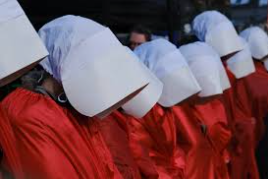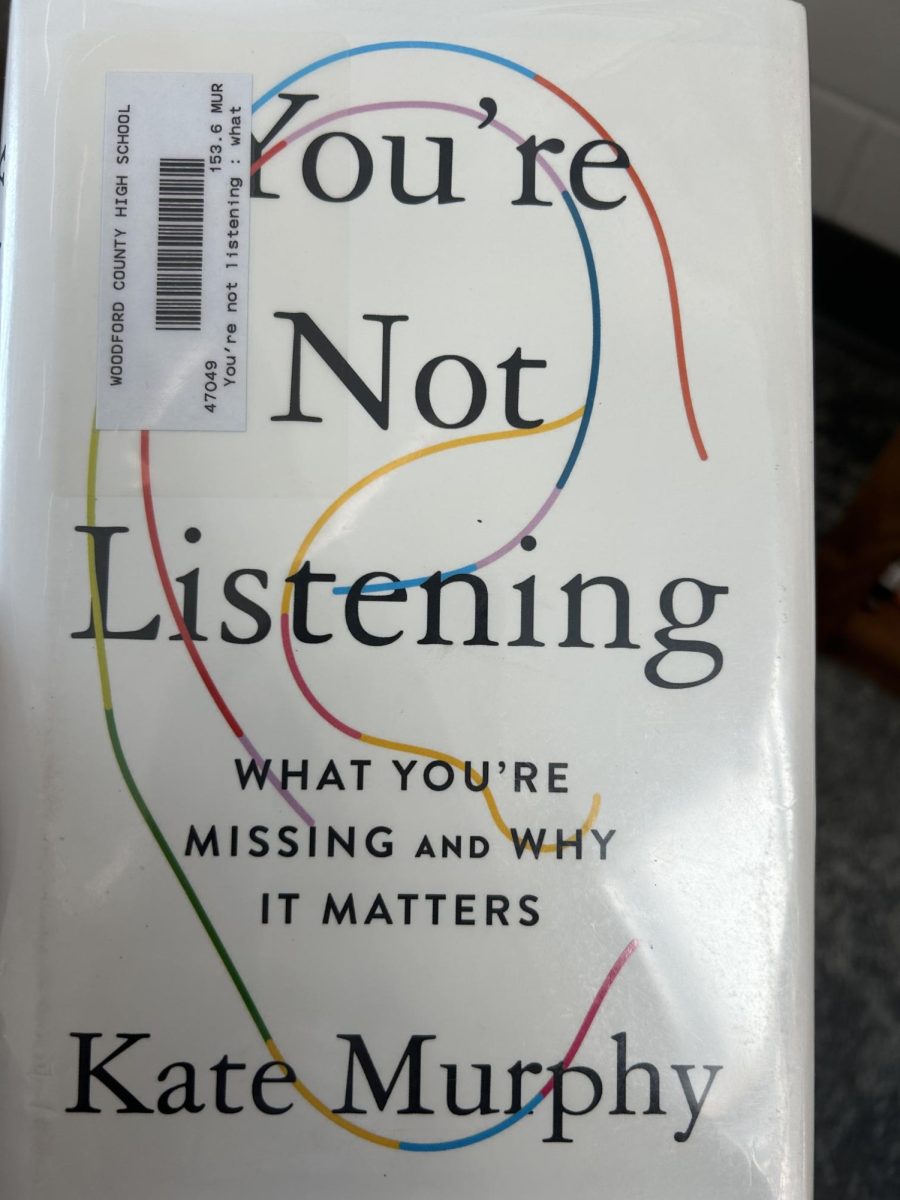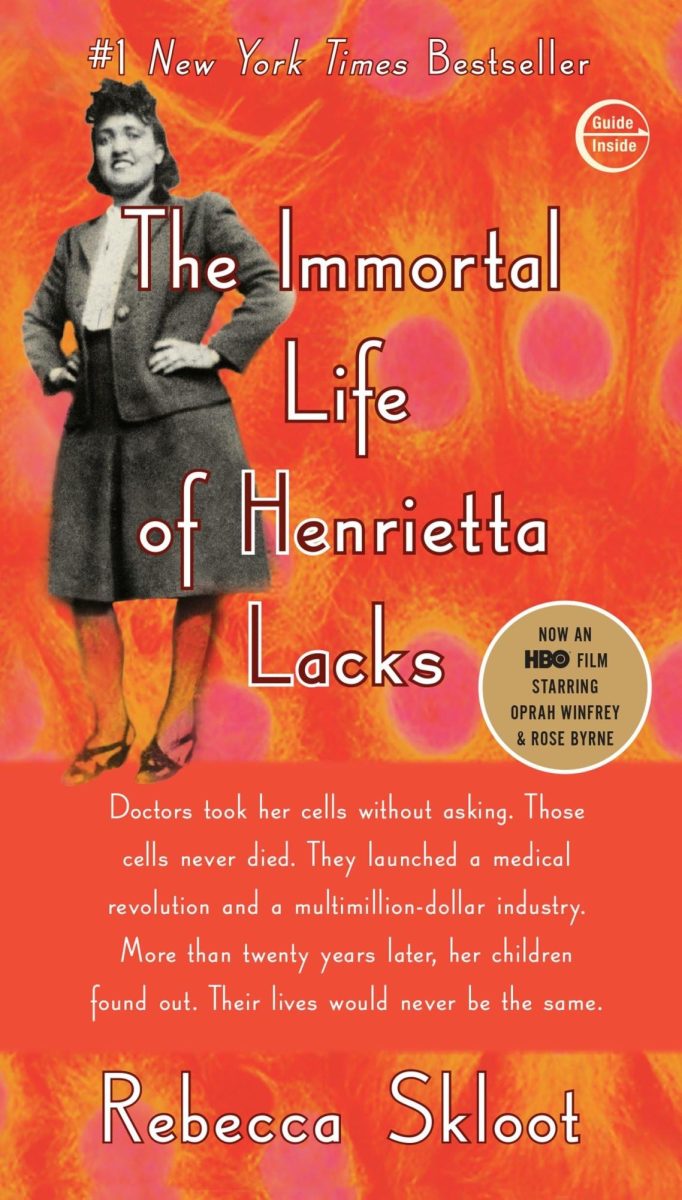Margaret Atwood is an author with a gift for satire and versatility. In her modern classic, The Handmaid’s Tale, she utilizes these qualities to create a story of patriarchal control and feminine disunity under a fundamentally Christian totalitarian government. These contrasting features have sparked mass discussion since the novel’s 1985 publication: Is The Handmaid’s Tale feminist? Under one interpretation, the handmaids are complacent for survival, but find comfort in one another. On the other hand, many argue that The Handmaid’s Tale is instead a critique of feminism and a prophetic call to action.
The Handmaid’s Tale is set from Offred’s perspective as she complies with the Gilead Republic and its control of women’s reproductive freedom. To preface; a “handmaid” is a young woman in her twenties or thirties who serves as a womb with two legs to the elite. They are forced to provide their “Commander” and their wives a child to raise. If a woman does not succeed after three separate Commanders, she is sent to the Colonies to die. To keep the Handmaids under control, the women are taught by the Aunts, who either brainwash them or abuse the women into submission. The totalitarian regime submits all women to psychological and physical torture, basking in the terror of their women. They build on this fear and elevate paranoia by setting up spies, both seen and unseen. However, Atwood’s world-building inside her novel sets the book up for a feminist tale. The workings of the female’s lives critique modern values and beliefs; it paints male institutions as the basis for major gender disparities in the modern era. To make their places extremely clear, the Handmaid’s are assigned a name under their Commander: Offred (OF-Fred), Ofglen (OF-Glen), Ofwarren (OF-Warren). Their names essentially mean belonging to, as if they are property. Though her physical being is no longer hers, Offred finds small ways to resist brainwashing. Her elaborate descriptions of what she witnesses and her opinions of the world she has been forced to live in are a form of female resistance. By preserving her mind and emotions, Offred signals that she maintains sovereignty over herself.
Feminism in The Handmaid’s Tale is not presented in an orthodox way. The women do not band together and overthrow Gilead; they covertly resist by breaking small rules: talking when they are not allowed, stealing unnoticeable items, etc. However, there is a woman who contrasts Offreds compliance, Moira. Moira was Offred’s best friend in college and adult life before a military coupe murdered the president and took hold of the country. Her resistance was entirely overt, making weapons, faking sickness to escape, and threatening an Aunt. Moira comes close to escaping but fails and ends up at a nightclub for the Commanders. At one point Offred meets Moira again. Though the reader hopes they will come together and overthrow the regime, it is childish thinking. They part ways and do nothing. In addition, Atwood leaves a shroud of ambiguity over Offred’s fate, which infuriates the readers after she remains steadfast throughout the novel. Offred and Moira’s intersecting lives provide a question to the reader: Would you become a Handmaid out of fear, try to escape, or choose death? Those who argue that feminism in The Handmaid’s Tale is not present must realize that the fight for autonomy of self in the worst circumstances is a form of feminism. In Gilead, it is easier to submit to brainwashing than to resist. Offred, along with several others, chooses psychological torture instead of giving up herself. Though women’s liberation may seem far and wide in The Handmaid’s Tale, the novel’s undertones are based on resistance.
Aside from the novel’s feminist qualities, Atwood calls out the disunity of women in a glaringly obvious way; the Commander’s wives. Offred’s “Wife”, Serena Joy, is a spiteful woman who treats Offred with contempt, as it is her fault they have been put into this situation. Each Wife exhibits such behavior as if they possess freedom themselves. Every single woman under the Gilead regime fit into a role inferior to men, just on a hierarchical level. One may expect the Wives to have sympathy, but there is little. The housekeepers, called “Marthas” treat Handmaids coldly as well. Even fellow Handmaids will snitch on their peers for bits and pieces of praise. These qualities among women in the novel serve as the basis for the argument that The Handmaid’s Tale is not feministic.
Margaret Atwood’s modern classic speaks to women everywhere, whether they share similar sentiments about the novel or not. The Handmaid’s Tale evokes an array of emotions that can range from fear of the future to women’s power.







